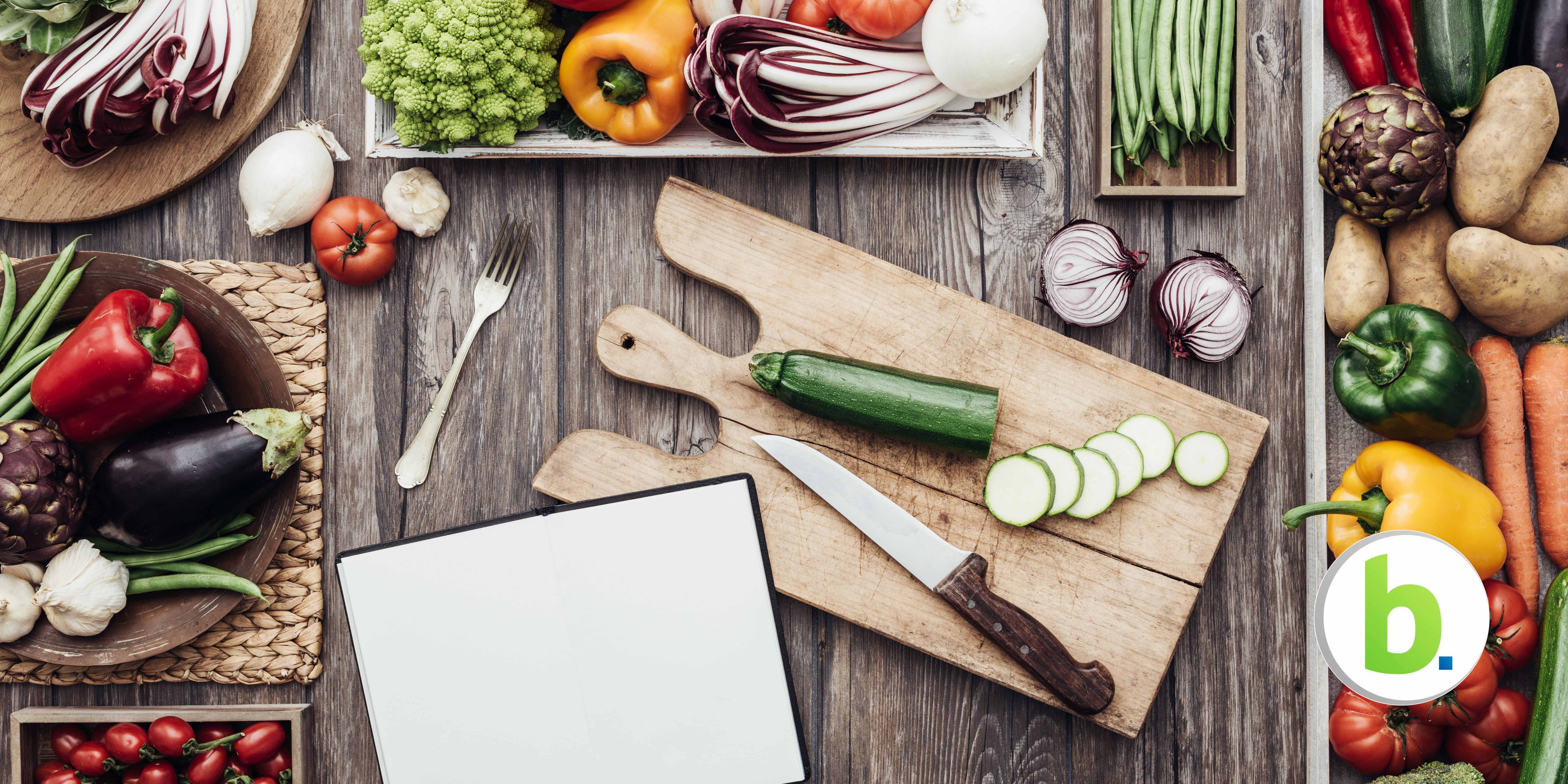Over the past few decades, we’ve seen a rise in people identifying and living a lifestyle more skewed towards a plant-based diet. This could be for a myriad of reasons; while some opt for a vegetarian lifestyle for ethical reasons, others wish to reap its many health benefits or to cut down on the monthly budget. If you’re still weighing the pros and cons of vegetarianism, read on to learn about different types of vegetarian diets and which one is best for you.
Types of vegetarianism:
- Vegan - do not consume any animal products or by-products.
- Lacto-vegetarian - do not eat red or white meat, fish, fowl, or eggs but do consume dairy products.
- Ovo-vegetarian - do not eat red or white meat, fish, fowl, or dairy products but do consume egg products.
- Lacto-ovo-vegetarian - do not consume red meat, white meat, fish or fowl. However, lacto-ovo vegetarians do consume dairy products and egg products.
- Pescatarian - these individuals restrict their meat consumption to fish and seafood only.
- Pollotarian - restricts meat consumption to poultry and fowl only and is not officially considered a part of the vegetarian spectrum.
- Flexitarian - plant-based diet with the occasional meat item on the menu.
While veganism could be considered the peak of the vegetarian pyramid, it could be extremely difficult to just jump straight in there if you’ve been living a meat-heavy diet up until now. We’d suggest working your way up from the bottom and cutting out animal products step by step.
As with all things connected to your health and well-being, the pros and cons need to be considered when making a lifestyle change like this.
Some health pros and cons:
Source: Healthline
How to make the switch?
So, you’ve weighed up the pros and cons, and you’re interested in trying it out, but you're not sure where to start. Read on to find out how to make the switch.
As mentioned before, you do not have to go cold turkey on a diet that includes animal products. Start small with ‘Meatless Mondays’ and explore the types of meals you can make using plant-based items instead to ease your way into it. You can always add more days to the week until you feel comfortable to go for it all the way.
Start at the bottom of that list and work your way up to the point you would like to be at. If you have certain dietary or nutritional requirements, it is ok to stop somewhere in the middle and not go all the way to vegetarianism or even veganism.
Resist the temptation to ‘cheat’. Just like any other dietary or lifestyle changes, it is so easy to revert to old habits if you let go once or twice and fall into that routine of ‘I’ll start on Monday’ we all know so well.
It’s important to know what to look out for and what to steer clear of:
- Gelatin is derived from animal collagen, and often found in processed foods such as fruit snacks, marshmallows, and jellies.
- Honey comes from bees, which vegans in particular may try to avoid. Honey may be found in beauty products, baked foods, and flavoured teas.
- Casein is a protein derived from cow or sheep milk. It’s found in cheeses and even some vegetarian cheeses and non-dairy products like soy cheese and coffee creamer.
- Whey is a by-product of making cheese. It’s found in certain breads and candies.
- L. cysteine comes from feathers or human hair. It’s used as a dough conditioner in packaged bread products and baked goods.
Google and YouTube are your friends! It will make your life so much easier having a list of recipes to fall back on when you’re wondering what to make for breakfast, lunch and dinner. When you’ve lived your whole life as an ‘omnivore’ it can be difficult to let your mind go and think of fun and tasty meals that don’t include animal products like they usually would. Doing some research and watching some videos can really get your creative juices flowing with regards to meal ideas and planning.
The biggest concern for people hesitating to try a vegetarian lifestyle is that of protein. It’s important to replace the proteins you lose by not consuming regular sources thereof and find substitutes that work for you. Keep in mind: The daily recommendation for protein intake is 0.8 grams per kilogram of body weight for most healthy adults. Once you know this you can easily figure out how easy it will be to find alternative sources to fill your RDA.
* Items marked with stars will not be suitable for all types of vegetarians or vegans.
Along with sources of protein, you will need to up your intake of Vitamin B12. You can easily find Vitamin B12 tablets at the pharmacy or you can opt to have the easily absorbed injection every few months. Ask your doctor or pharmacist for a recommendation.
Omega-3 fatty acids, or oils, could also be lacking in a strictly vegetarian diet, but you can easily find substitutes in your food cupboard.
Budget
The next factor that drives many people to switch to a plant-based diet is budget. Meat in general is pretty expensive, as we’re sure you all know. And when you add an ethically sourced, organic, or free-range label to it that will hike the price up even more, and for a good reason. So, if you can’t afford ethically sourced animal products it is a good idea to look at a plant-based diet. Here are 15 ways you can save while eating vegetarian.

You can also set yourself a budget challenge and set aside a certain amount of money for the week’s meals and see how far you will go. This is a good way to gauge roughly how much you will need to budget every month for a vegetarian lifestyle. Here is an example of a Budget Challenge Meal Plan.
But keep in mind, vegetarian substitutes like tofu or almond milk can really add up. That’s why we suggest finding alternatives in the fruit and veggie isle and adding legumes to your diet. It also pays to find good vitamin and mineral supplements that you can take every day and not worry that you’re getting your RDA’s.
If you are a bsmart member, shopping for plant-based diet would be a breeze thanks to bsmart’s retail partners. Stores like Woolworths, Pick ‘n Pay, and Food Lover’s Market have all the products you may need while you swipe your bsmart card and earn a cashback.
* While making the shift is likely safe for most people, it’s a good idea to discuss any major changes to your diet or lifestyle with your doctor. You may even consider meeting with a dietitian if you’re concerned about meeting your nutritional needs with plant-based foods.
Do you have any tips or stories to share with us? Join our members group on Facebook and share them with us. We can’t wait to hear from you!
***
At bsmart we help our members save and pay out cashback bonuses quarterly or annually – your choice. To learn more about bsmart contact us or click here to sign up directly through our website.

